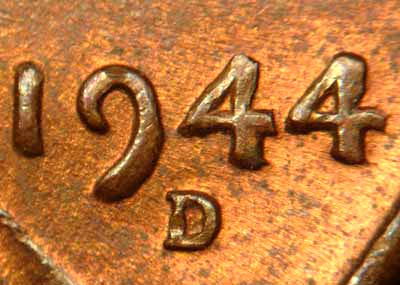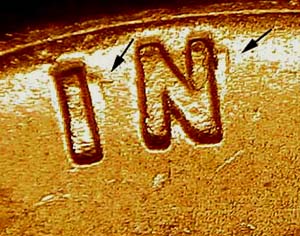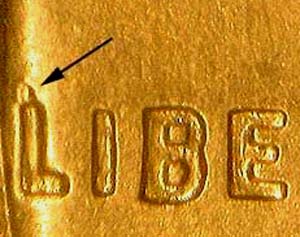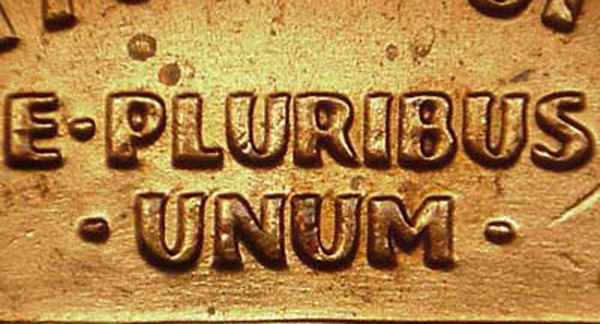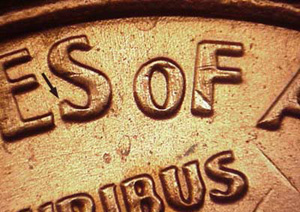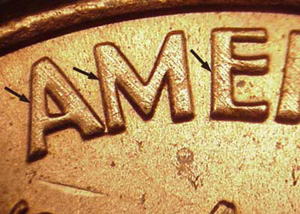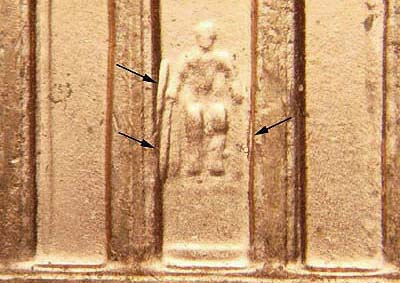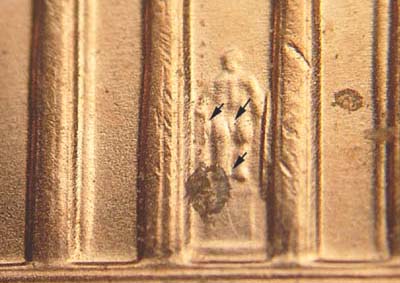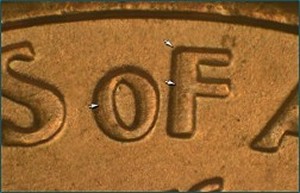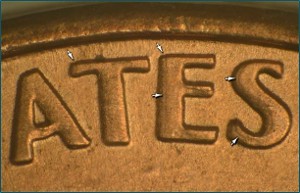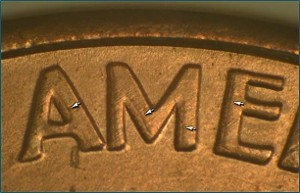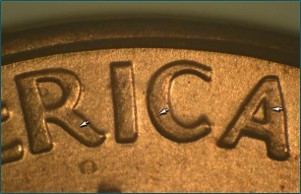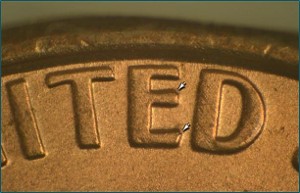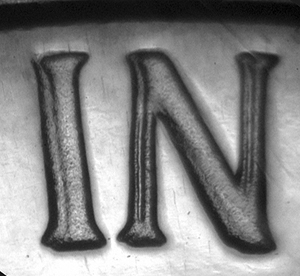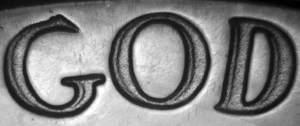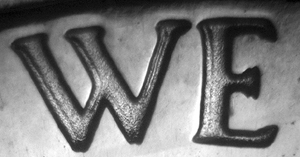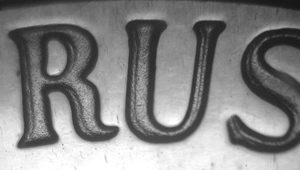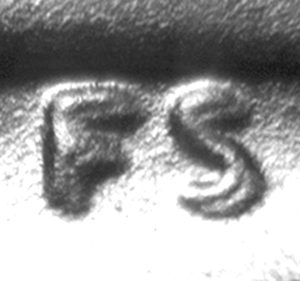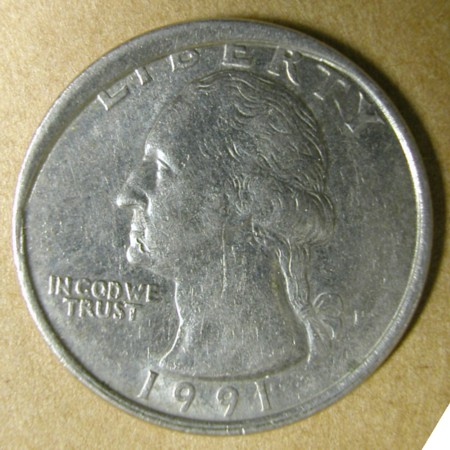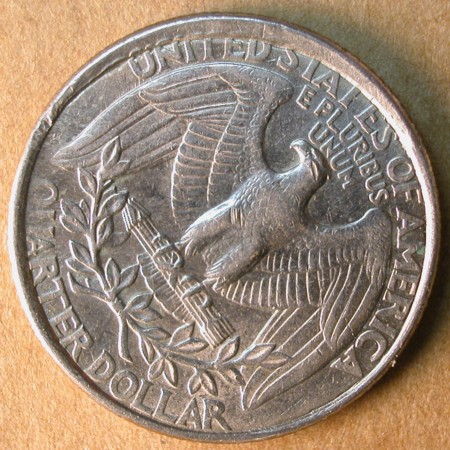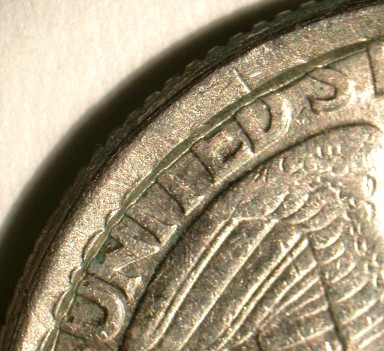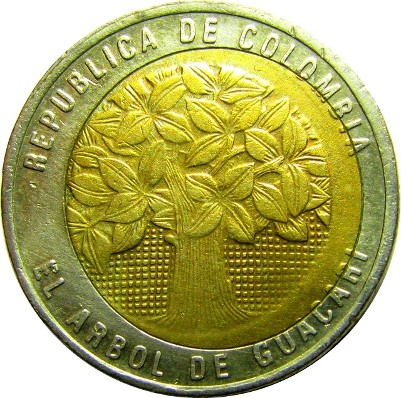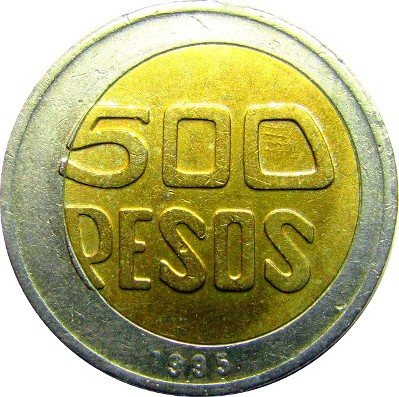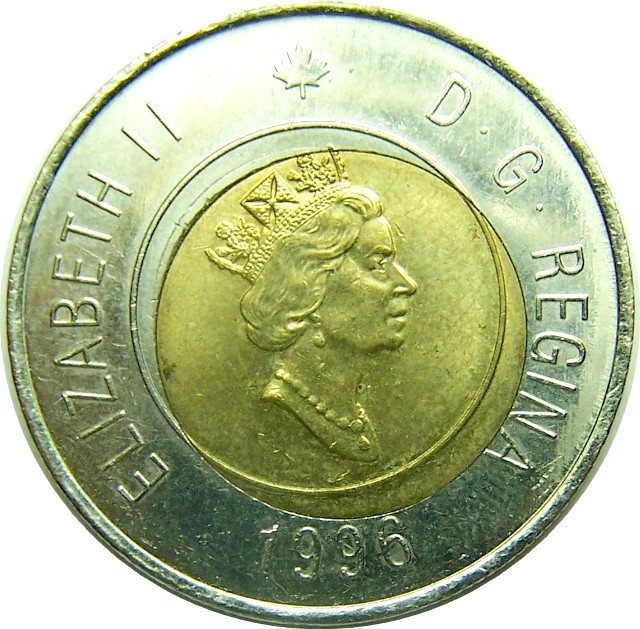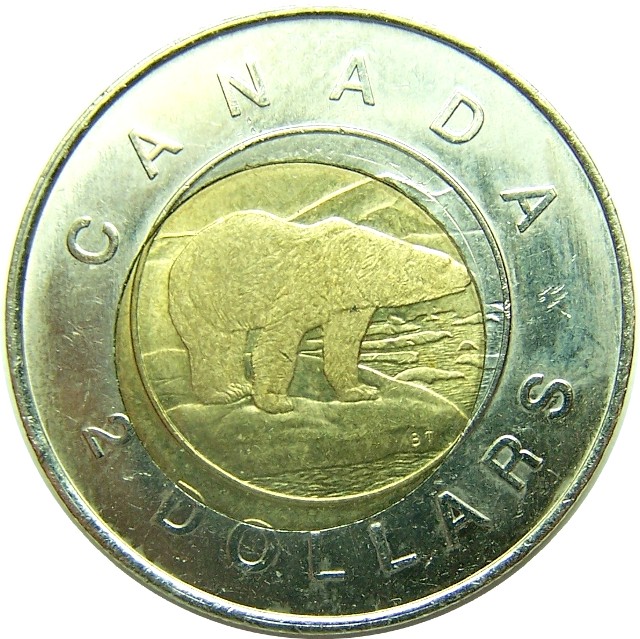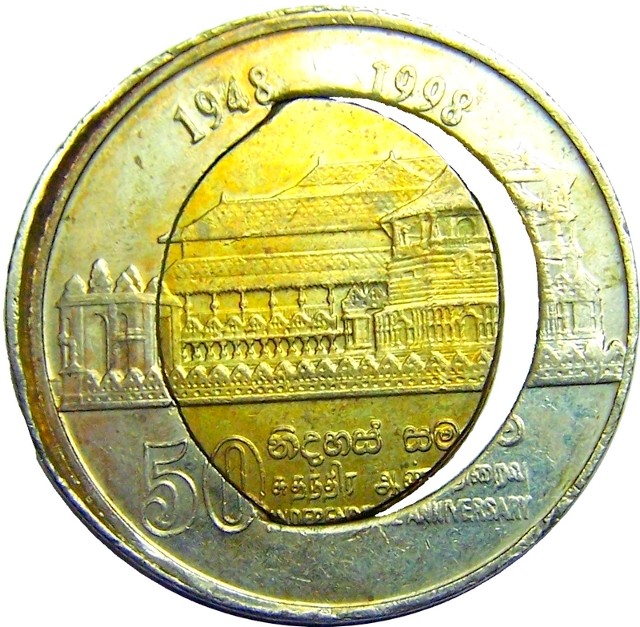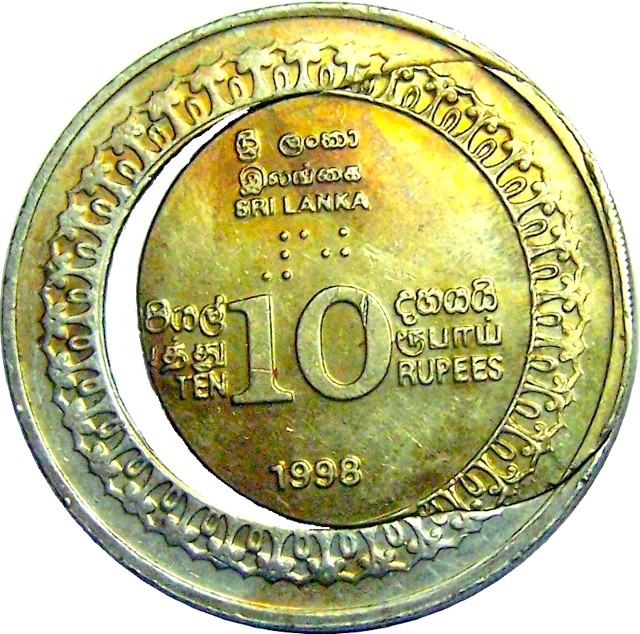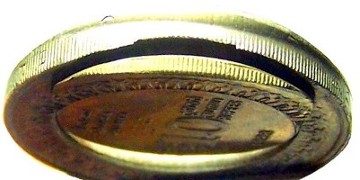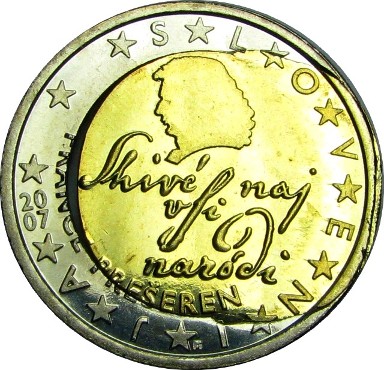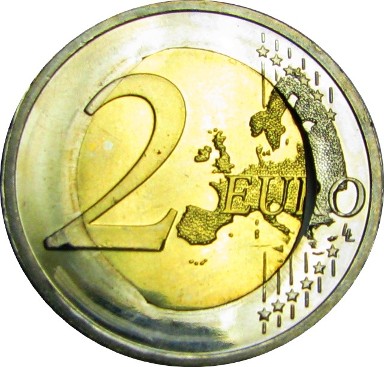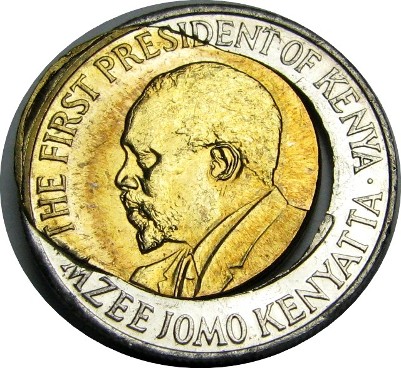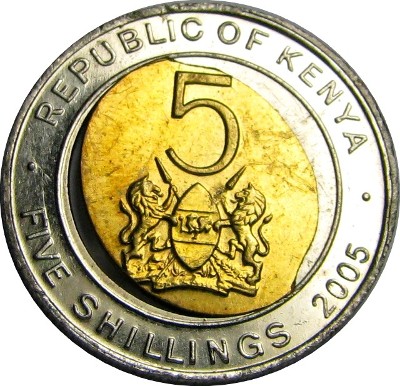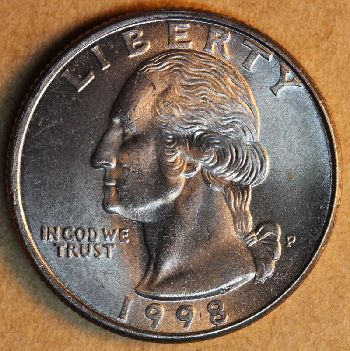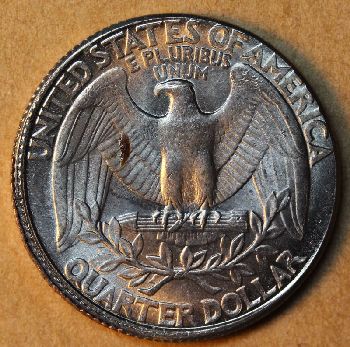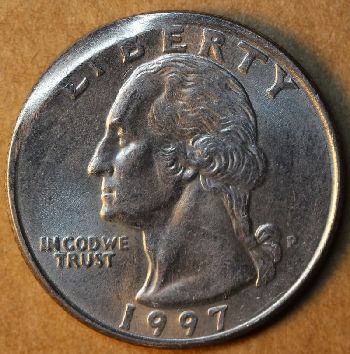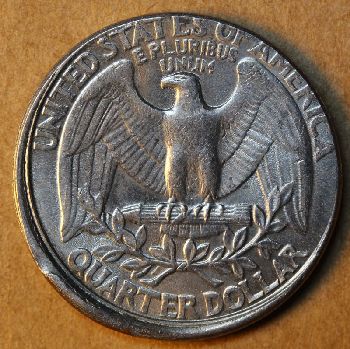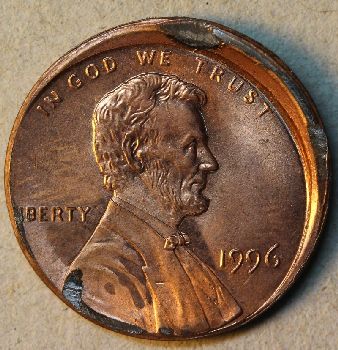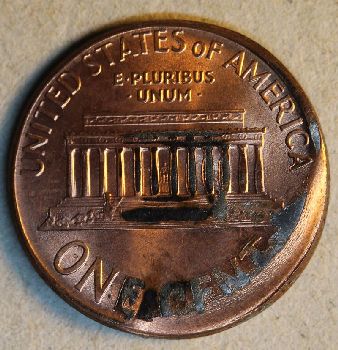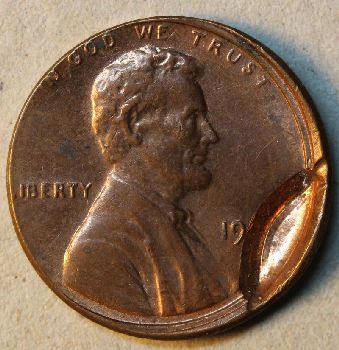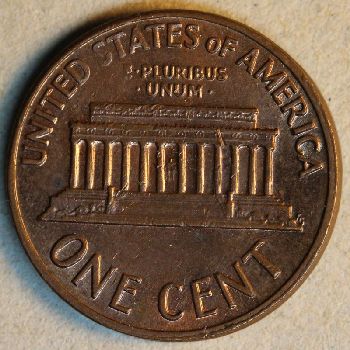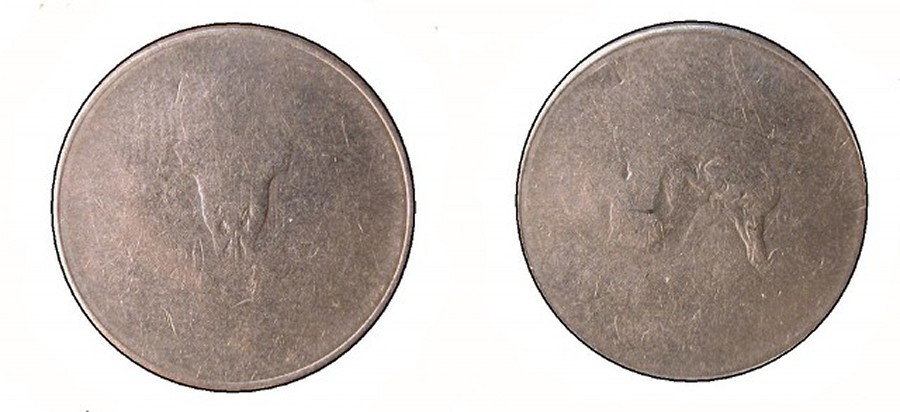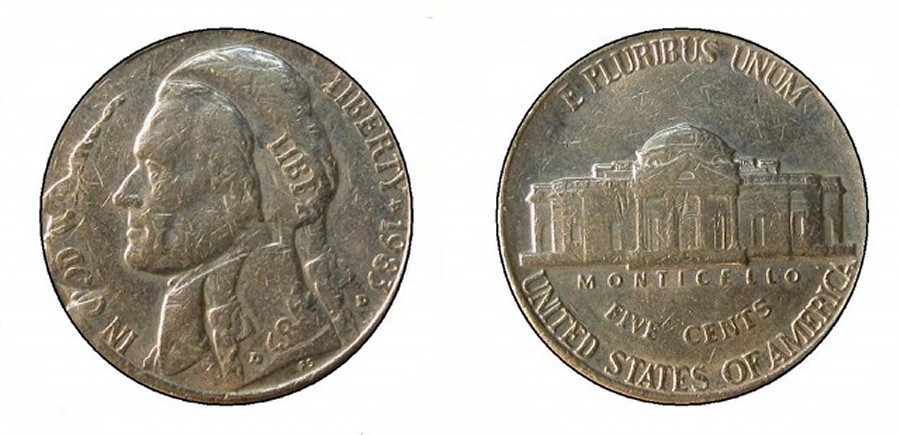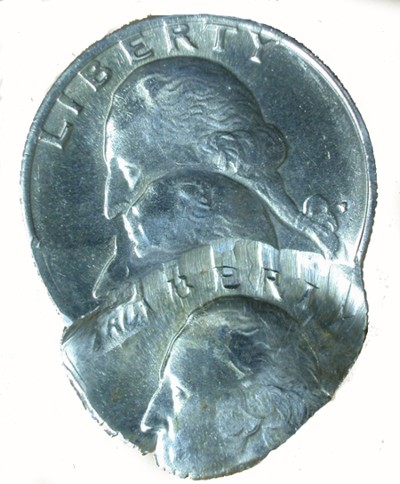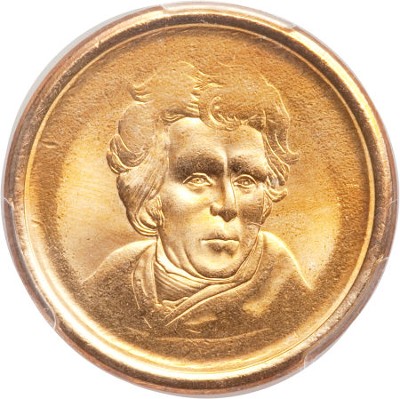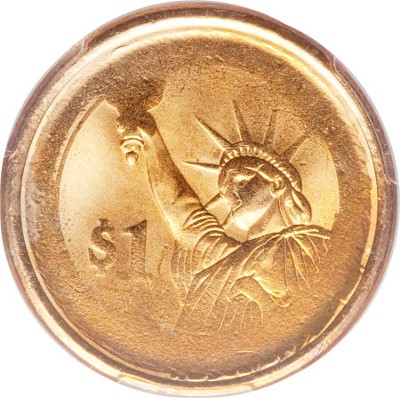Reeding vs. no reeding varieties (foreign only)
Concentric lathe lines (ES Nov/Dec 2003)
-
- Various years and denominations
- Common on the 1996-D Lincoln cent
- Various years and denominations
Rusted dies (CW 12/1/08)
Excessively deep rim gutter
-
- 1991 cents
Rockwell test mark left in die (hemispherical bump seen on coin) (ES July/Aug 2006)
Vickers test mark left in die (pyramidal bump) (CW 5/15/17)
Collar manufacturing errors
-
- Wide collar (ES Nov/Dec 2002; CW 5/17/10)
- Created by improper machining or improperly machined broach
- Created by use of wrong broach
- Improper use of correct broach
- Widening due to wear
- Widening due to 3 or more vertical collar cracks and associated expansion (CW 5/17/10)
- Abnormal reeding
- 1921 Morgan dollar with infrequent reeding
- 1924-D Mercury dime with infrequent reeding
- 2015 American Eagle 1/10oz gold bullion coin with narrow reeds (CW 7/13/15)
- Low, narrow reeds caused by truncation of ridges on collar face (ES March/April 2010; CW 1/25/10, 4/16/12)
- 1964-D 25c
- 2008-P New Mexico 25c
- COIN WORLD SPECIAL: article posted HERE
- Wide collar (ES Nov/Dec 2002; CW 5/17/10)
Hub retouching
-
- Channeling: Retouching of design element on master and/or working hubs (1920s to 1940s) (CW 7/23/12)
- Re-engraved master hub (CW 1/1/24)
- Channeling: Retouching of design element on master and/or working hubs (1920s to 1940s) (CW 7/23/12)
Die retouching (CW 5/30/16, 9/30/19)
-
- Re-engraved designer’s initials “AW” on 1944-D half dollar (CW 2/2/04, 2/16/04, 3/1/04)
- Re-engraved tail feathers on business-strike 1957-D quarter
- Re-engraved front of Lincoln’s coat (1953 proof cent)
- Re-engraved queue on 1952 – 1954 proof nickels
- 1938 proof nickels with re-engraved letters and design details (ES Jan/Feb 2009)
- Retouching of the 1944 date on the Lincoln cent master die
- Retouching of the date on 1946-S Lincoln cent working dies
- Re-engraved designer’s initials “AW” on 1944-D half dollar (CW 2/2/04, 2/16/04, 3/1/04)
Die damage (ES Nov/Dec 2004, Jan/Feb 2003; CW 5/21/12)
-
- Die dents (ES Nov/Dec 2004, July/August 2005, Nov/Dec 2005; CW 9/15/03, 12/22/14, 3/28/22, 7/31/23)
- Die scrapes (CW 4/23/07)
- Accidental die scratches
- Die gouges
- Impact scars
- Accidental die abrasion (CW 9/8/14, 12/16/19)
- Intentional die abrasion (“die polishing”) (CW 3/29/10, 5/31/10, 9/8/14, 3/20/23)
- Heavy die scratches
- Thinning and loss of design elements
- Two Feather Indian Head Nickel (various dates)
- 3-legged Indian Head Nickel (1937-D)
- 3 ½ legged Indian Nickel (1936-D)
- Abrasion affecting entire die face
- Localized abrasion
- Defects related to die polishing
- Over-polished proof and Special Mint Set dies (CW 2/21/11)
- Trails and Wavy Steps (ES July/Aug 2006, Sept/Oct 2006, Nov/Dec 2006, Jan/Feb 2011; CW 3/8/10)
- Localized removal of field from proof polishing (CW 2/14/2011)
- COIN WORLD SPECIAL: article posted HERE
- Die attrition errors (ES May/June 2003, March/April 2005, March/April 2009; CW 1/4/10, 12/24/12, 4/14/14, 11/4/19, 7/3/23, 10/16/23)
- Other forms of peripheral die damage (ES March/April 2005; CW 8/9/21, 3/14/22)
- Catastrophic die damage (ES March/April 2002; CW 9/15/03, 9/12/11, 9/19/11, 5/20/13, 10/27/14, 6/19/17)
- Cancelled or defaced dies (foreign only) (CW 5/8/17, 12/31/18)
- 1994 Hong Kong bimetallic 10 dollars
- Egypt 25 piastres struck by defaced 50 piastres dies (CW 5/12/14)
- 1966 Bolivia 10 centavos struck by pair of canceled dies (CW 5/8/17)
- Chilean test dies with concentric cancellation pattern struck over struck foreign core (CW 5/8/17)
- Rockwell test mark in die (CW 5/15/17)
- Vickers test mark in die (CW 5/15/17)
- Die rings (tiny rings, semicircles, crescents, and spirals) (CW 2/20/17, 1/18/21, 6/13/22)
-
- Centrally-located
- Offset
-
- Collar damage (ES March/April 2010; CW 1/25/10, 4/16/12, 6/17/19)
- Horizontal abrasion (CW 1/25/10, 4/16/12)
- Vertical abrasion (CW 6/17/19)
Hubbed-In debris (CW 5/27/13)
Deformed collar (CW 12/18/20)
Clashed dies (ES March/April 2002; CW 3/22/10, 4/30/12)
-
- Clash marks
- Multiple clash marks (CW 6/25/12, 11/11/19)
- Clash marks
- Raised clash marks (CW 8/11/14)
- Double clash with reciprocal counterclash (Type 1) (ES Nov/Dec 2004; CW 12/13/10, 7/29/19)
- Misaligned die clashes (ES May/June 2004, July/August 2004; CW 6/25/12)
- Horizontally misaligned die clash
- Vertically misaligned (tilted) die clash (CW 1/3/11, 5/9/11)
- COIN WORLD SPECIAL: article posted HERE
- Pivoted die clash
- Radically misaligned, rotated, pivoted clashes – produced at installation? (CW 7/12/10, 12/31/12, 5/27/19)
- Co-occurrence with conventional clash (CW 8/17/15)
- Rotated die clash (CW 1/22/18, 6/26/23)
- Combination clashes
- Mule clash errors, e.g. (ES July/August 2002; CW 11/17/08, 8/13/18, 8/20/18, 4/8/19)
- 1864 2c reverse die clashed with Indian cent obverse die
- 1857 1c obverse die clashed with Seated Liberty 50c obverse die
- 1857 1c reverse die clashed with Seated Liberty 25c reverse die
- 1857 1c obverse die clashed with Liberty $20 obverse die
- (For detailed information concerning the 1857 die clashes CLICK HERE)
- 1870 Shield nickel obverse clashed with Indian Head cent obverse
- 1999 cent reverse die clashed with another cent reverse die
- Floating die clash (collision with die fragments) (ES May/June 2002, May/June 2005; CW 7/19/10)
- Superclash (full reciprocal design transfer) (CW 3/22/10, 10/22/18)
- Circumferential clash marks (CW 12/10/18)
- Grease-enhanced clash marks (CW 10/16/17)
- Associated with weak strikes (CW 12/2/19)
- Clashed die progressions (CW 5/15/23)
Collar clash (CW 6/11/07, 2/24/22)
-
- Hammer die
- Anvil die
- Inverted die setup (uncommon)
- Traditional die setup (extremely rare) (CW 10/30/23, 12/18/23)
- Floating collar clash (CW 4/17/17)
- Misaligned collar clash (CW 2/13/23)
Die damage with design transfer
-
- Floating die clash (ES May/June 2002, May/June 2005; CW 7/19/10)
- Exogenous floating die clash (CW 6/20/22)
- Floating (Type 2) counterclash (ES May/June 2002, July/August 2002, Sept/Oct 2002, Jan/Feb 2009, Sept/Oct 2011; CW 9/29/08, 12/13/10, 4/9/12, 4/21/14, 6/8/15, 4/23/18, 2/21/22, 12/19/22, 2/20/23)
- COIN WORLD SPECIAL: article posted HERE
- Miscellaneous and unexplained forms of design transfer/duplication
- Some presumed Canadian counterclashes may prove to be something else
- Floating die clash (ES May/June 2002, May/June 2005; CW 7/19/10)
Die deterioration/deformation errors
-
- Exaggerated conventional die wear (CW 12/27/21)
- Radial flow lines
- Concentric flow lines (uncommon)
- Parallel flow lines (promoted by pre-existing trails)
- Orange peel texture
- Design-devouring die wear (thinned letters and numbers) (CW 10/28/13, 2/22/16, 8/23/21)
- Die deterioration doubling
- Raised doubling
- Incuse (CW 2/4/08)
- “Blebs” or “patches” (die erosion pits) (ES July/Aug 1998; CW 7/21/03)
- Discrete lumps (CW 4/27/20)
- Progressive, indirect design transfer (“internal metal displacement phenomenon”, “ghosting”) (CW 6/7/10, 8/17/20)
- Common in 1946-S and 1948-S cents
- Surface-level die deformation errors (ES July/Aug 2001, Nov/Dec 2001; CW 9/17/12) (premature, localized, exaggerated, and peculiar patterns of deformation)
- 1943-S “goiter neck” quarter
- Detail-erasing die wear (2016-P Harper’s Ferry quarter) (CW 2/27/17)
- “Ridge rings”
- On copper-plated zinc cents (CW 2/14/05, 2/28/05)
- On other U.S. denominations (CW 2/15/21)
- On world coins (ES Sept/Oct 2006; CW 2/17/14, 11/10/14)
- Design berms (raised outlines) (CW 5/14/18, 11/6/23)
- Die subsidence (sunken die) error (ES July/August 2004, Nov/Dec 2004; CW 6/2/03, 11/29/04, 3/12/12, 2/12/18, 8/14/23)
- e.g., 1924-S – “goiter” cent
- Co-occurring with split dies
- Co-occurring with radial, antipodal die cracks (CW 6/20/11)
- 1988-P nickels with lump on head
- COIN WORLD SPECIAL: article posted HERE
- Massive die collapse in 2003-D dime (ES Nov/Dec 2011; CW 8/29/11)
- Paralleling and flanking die cracks (CW 8/12/13)
- Recurring die subsidence error (CW 4/4/11, 3/31/14)
- Linear die subsidence errors (CW 8/12/13)
- Thermal warping (CW 5/29/23)
- Design creep
- Reverse (hammer) 2014-P nickel die (CW 4/20/15)
- In fractional Euro coins
- Peripheral die expansion and erosion (CW 8/13/12, 4/13/15)
- “Starburst” pattern of radial streaks (cause uncertain) (CW 8/15/05, 11/7/05)
- Reciprocally deformed, convex-concave dies
- Centrally-located deformation; 2001-P 50c) (ES Sept/Oct 2008; CW 1/19/15)
- Peripherally-located deformation; India 2 rupees (CW 1/19/15)
- Exaggerated conventional die wear (CW 12/27/21)
-
- Cuds (corner die breaks) (CW 10/17/11, 10/4/21)
- Irregular cuds
- Ovoid cuds
- Crescentic cuds (ES March/April 2005; CW 2/15/16)
- Circumferential cuds (ES March/April 2005; CW 2/15/16)
- Rim-to-rim cud (ES May/June 2003, CW 12/24/18)
- Elongate Cuds (CW 12/8/14, 12/21/20, 7/31/23)
- On off-center or broadstruck coins (CW 9/12/11)
- Deep vs. shallow die breaks (CW 6/2/20)
- Retained Cuds (ES Jan/Feb 2006; CW 4/17/06, 7/24/06, 1/24/11)
- COIN WORLD SPECIAL: article posted HERE
- Anvil die (diagnosis often in doubt)
- Hammer die (doubtful) (CW 8/8/13)
- With vertical displacement
- With horizontal offset
- With lateral spread
- Outthrust (protrudes beyond die face) (CW 3/11/19)
- Hammer die
- Anvil die
- Cuds (corner die breaks) (CW 10/17/11, 10/4/21)
- Interior (internal) die breaks (ES May/June 2003; CW 10/25/10, 11/5/18, 8/14/23)
- Connected to die cracks or splits
- Freestanding (ES May/June 2005)
- Retained interior die breaks (ES July/August 2004)
- Rim cuds (CW 5/3/21)
- Die chips (CW 6/14/19, 7/8/19)
- On raised die features (CW 2/28/22)
- Catastrophic die failure (ES May/June 2007; CW 5/20/13, 2/27/23, 6/19/23)
- Spontaneous breaks
- Breaks produced by impacts
- Textured and dimpled cuds (CW 10/17/11, 10/12/20)
- Cryptic cuds (CW 4/17/23)
Die exfoliation errors (CW 10/19/20)
Collar breaks (collar cuds) (ES May/June 2008; CW 11/22/10, 5/17/10, 11/22/10, 12/19/16)
-
- Complete collar break (abrupt loss of entire arc segment)
- Irregular collar break
- Chipped collar
- Vertical collar crack
- Retained collar break
- Rotating collar break (ES July/August 2003; CW 1/6/03, 12/12/16, 4/20/20, 12/28/20)
- Bilateral split collar
- On off-center strikes (CW 9/9/19)
- Catastrophic collar failure (CW 7/17/23)
Die cracks (CW 4/25/16)
-
- Rim-to-rim
- Arcing rim-to-rim (“pre-cud”) die crack (ES Jan/Feb 2006; CW 2/8/21)
- With lateral spread
- Blind-ended
- Bi-level die cracks (ES July/August 2004)
- Protruding marginal die segments (CW 5/19/14)
- Radial, antipodal die cracks (with centralized subsidence) (ES Sept/Oct 2011; CW 6/20/2011)
- Die Crazing (Crazed Die)
- Shattered dies (ES Jan/Feb 2006, May/June 2007; CW 4/7/08, 9/17/18, 4/6/20)
- Broas Pie Baker Store Card Token of 1863
- Two or more splits in die
- Numerous wide, intersecting, raised die cracks
- Numerous intersecting bi-level die cracks
- Various combinations of brittle fracture
- In response to impacts (CW 6/19/17)
- Impact-Induced Die Cracks (CW 6/19/17)
Split dies (ES Jan/Feb 2006; CW 6/2/03, 4/10/06, 4/17/06, 6/20/2011, 5/11/15, 9/17/18, 4/26/21, 4/18/22, 7/18/22)
-
- Median (bisecting) split die
- Asymmetrical split die (CW 7/31/23)
- False split (bilateral, radial, antipodal die cracks) (ES Sept/Oct 2011; CW 6/20/2011)
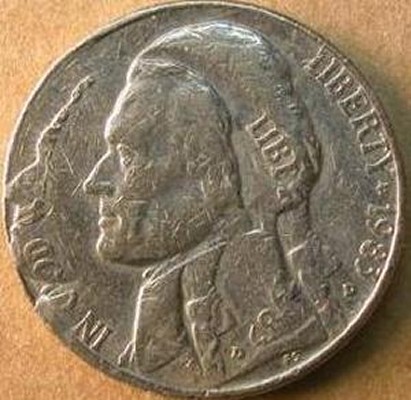
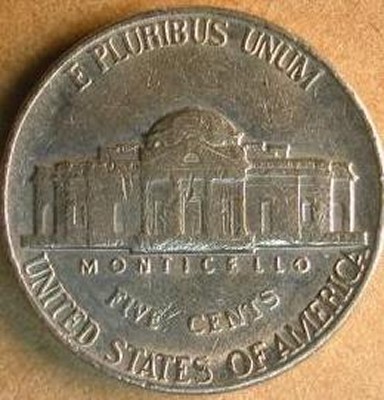
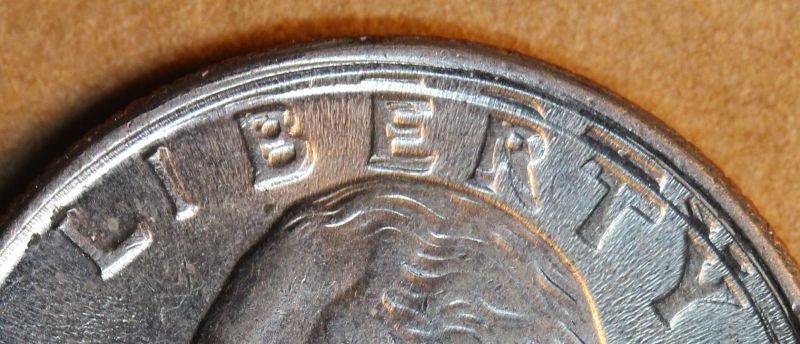
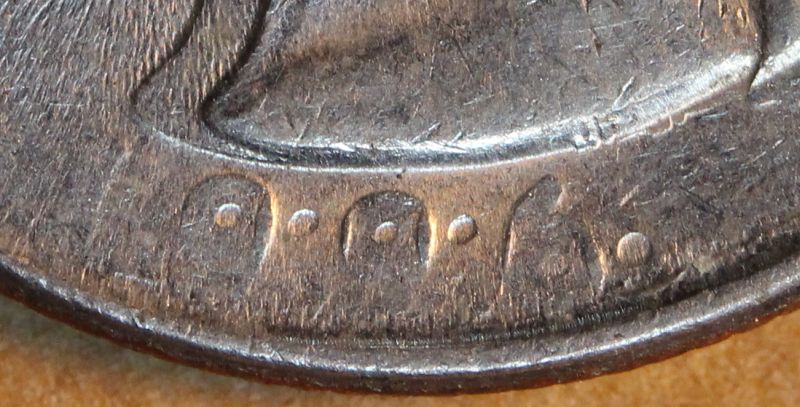
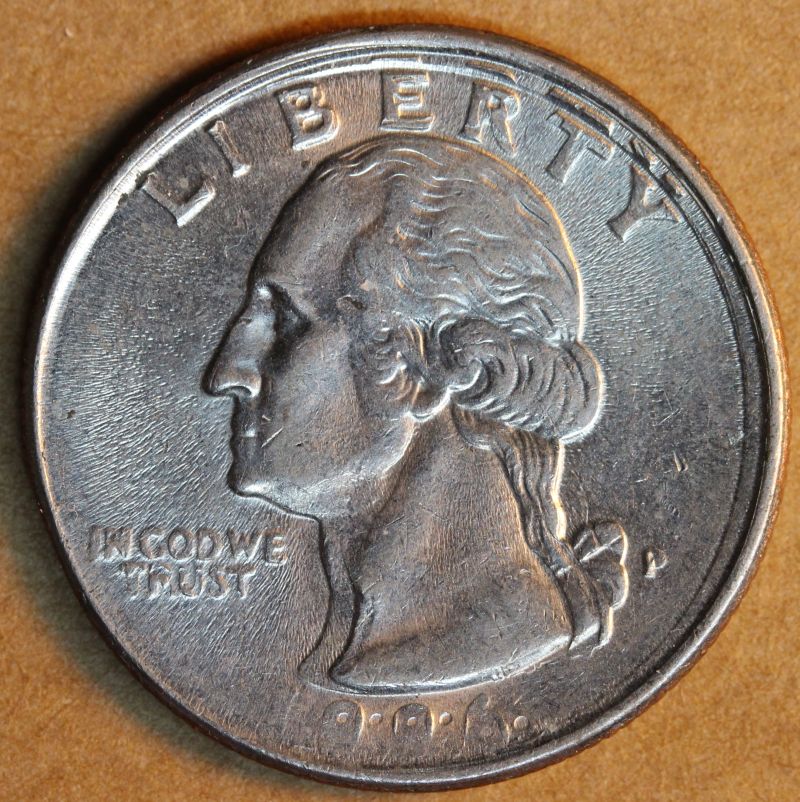

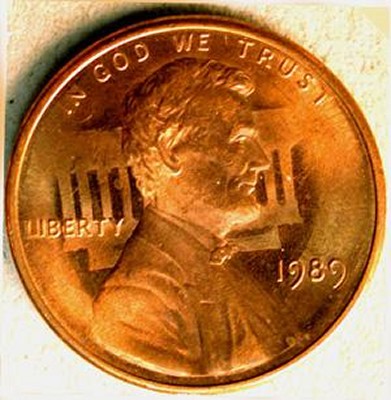
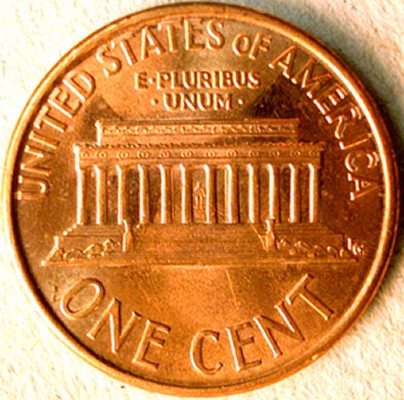
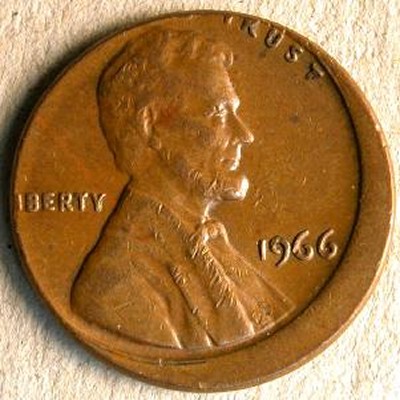
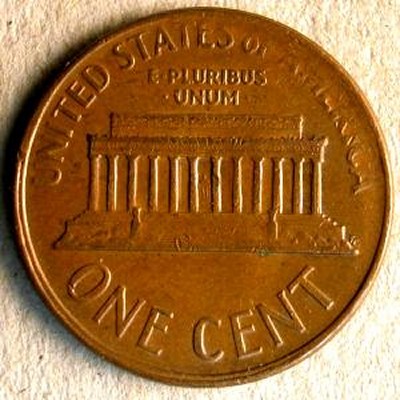
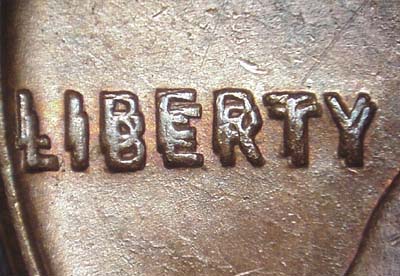
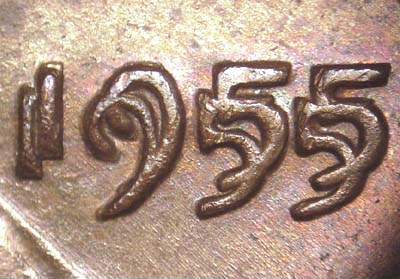
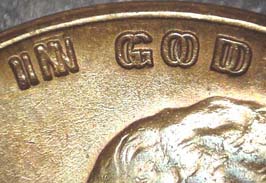
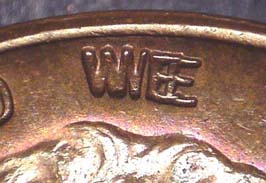
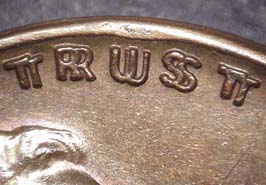
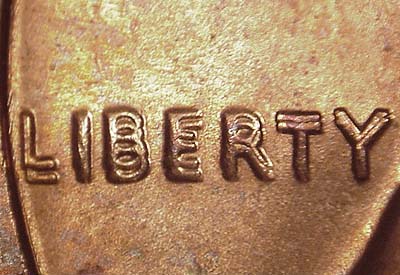
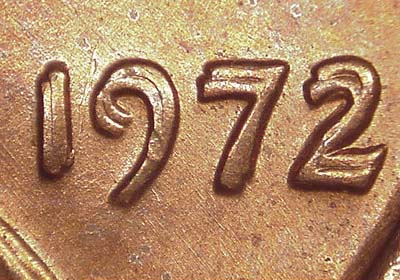
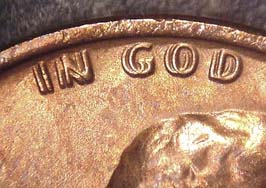
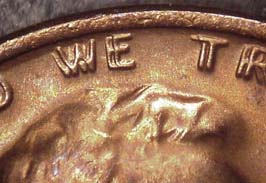
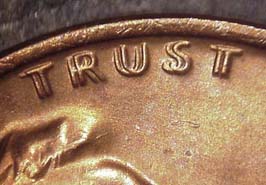
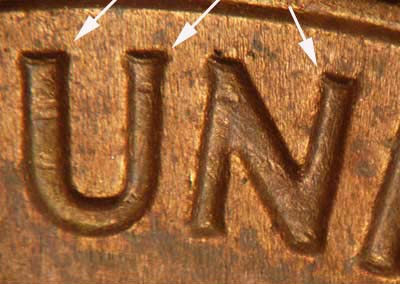
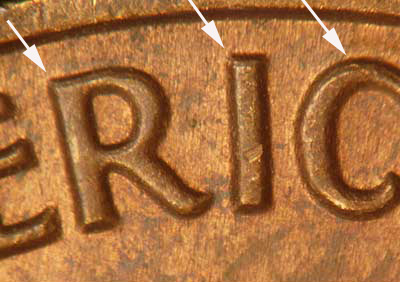
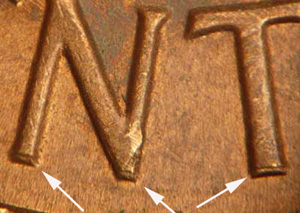
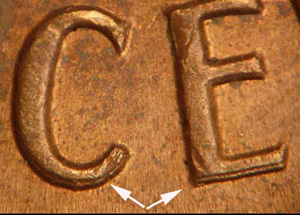
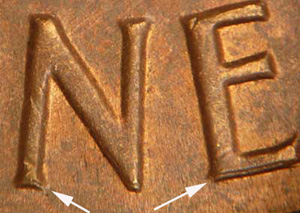
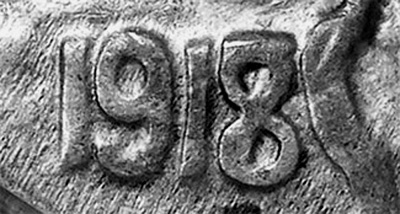
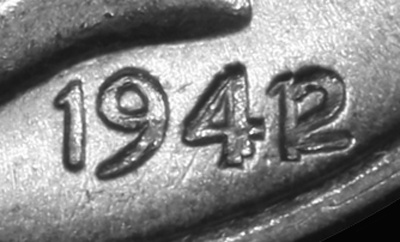
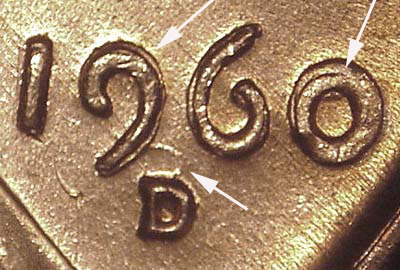
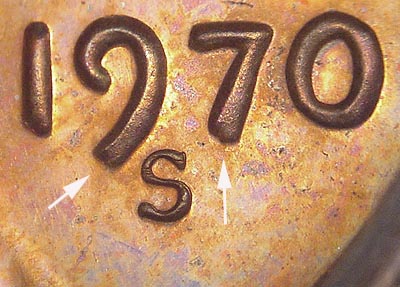
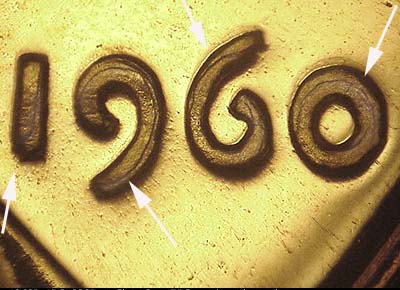
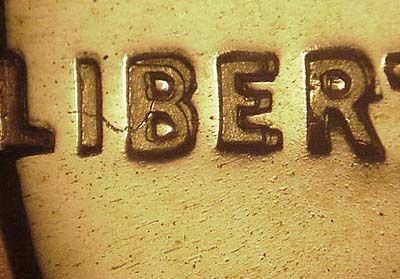
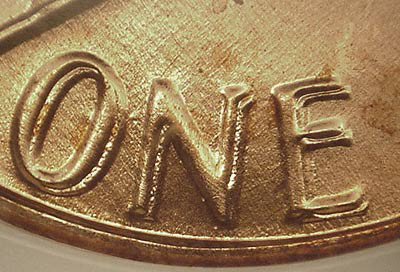
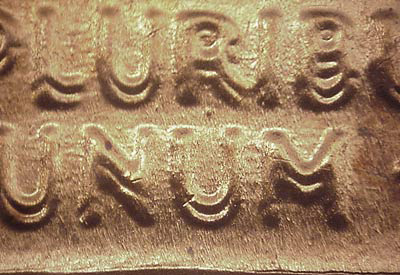
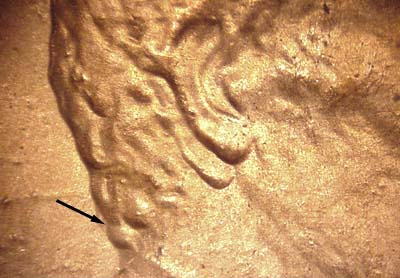
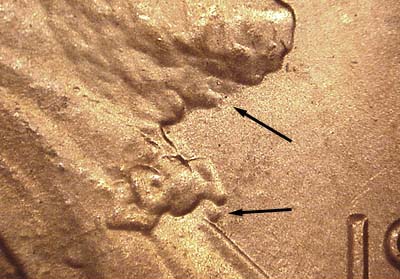
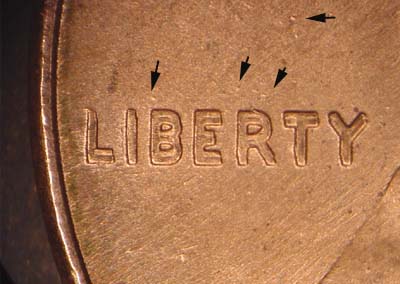
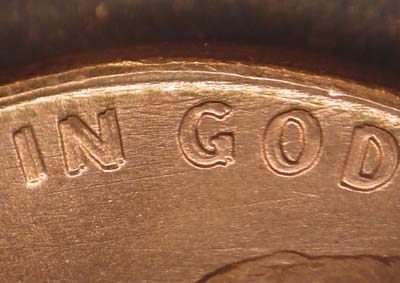
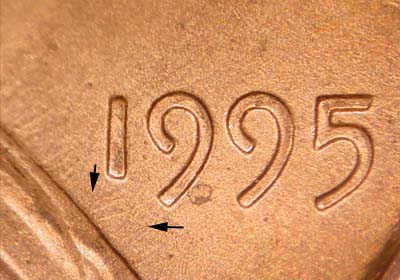 Photographs are courtesy of Coppercoins.
Photographs are courtesy of Coppercoins.